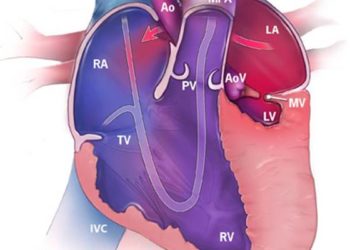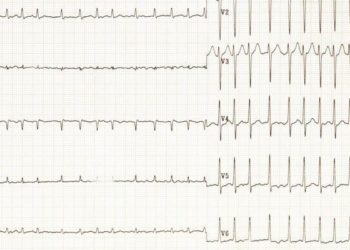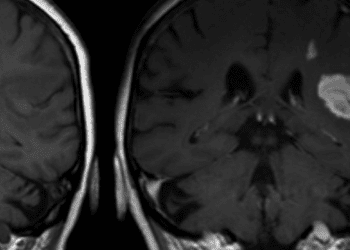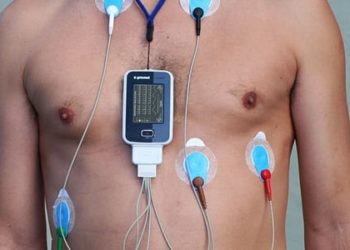The AFFIRM trial: Rate-control vs. rhythm-control in atrial fibrillation [Classics Series]
1. Rate-control, along with anticoagulation, should be the main approach to managing patients with atrial fibrillation.
2. Compared to rhythm-control, rate-control resulted in a lower incidence of adverse events and no significant difference in mortality.
Original Date of Publication: December 5, 2002
Study Rundown: Originally published in 2002, the Atrial Fibrillation Follow-up Investigation of Rhythm Management (AFFIRM) trial compared two common strategies for managing atrial fibrillation: rhythm-control and rate-control. Patients were anticoagulated in both approaches to address the increased risk of thromboembolic disease in atrial fibrillation. Prior to this study, both rhythm-control and rate-control were considered acceptable strategies, though rhythm-control was often the initial therapy. Rhythm-control involves the use of cardioversion and antiarrhythmic medications to maintain normal sinus rhythm, and this was thought to have benefits, including lowering the risk of stroke and allowing anticoagulation therapy to be discontinued. On the other hand, proponents of the rate-control method argued that rate-control medications were far less toxic than antiarrhythmics, and that there were likely no differences between the two methods in terms of patient-important outcomes.
To address this conflict, the AFFIRM trial was designed to assess the differences in long-term outcomes associated with these two treatment approaches. Patients in the rhythm-control group could be treated with specific antiarrhythmic agents or cardioversion, as decided by their treating physician. Rate-controlled patients were managed using beta-blockers, calcium channel blockers, digoxin, or a combination of these medications. In summary, there was no significant difference between the two groups in mortality (HR 1.15; 95%CI 0.99-1.34). Moreover, there was no significant difference between the two groups in the rates of the secondary endpoint of death, disabling stroke, disabling anoxic encephalopathy, major bleeding, and cardiac arrest (p=0.33). The risk of torsade de pointes, cardiac arrest, and hospitalization, however, were significantly higher in the rhythm-control group.
In-Depth [randomized, controlled study]: A total of 4,060 patients were enrolled in the trial and followed for a mean of 3.5 years. They were randomized to the rhythm-control strategy (i.e., treatment with antiarrhythmic medications) or the rate-control strategy (i.e., controlling heart rate with beta-blockers, calcium-channel blockers, digoxin). Patients were included if they were ≥65 years of age, they had atrial fibrillation that was likely to be recurrent, long-term treatment of their atrial fibrillation was warranted, and they were eligible for anticoagulation therapy. The primary endpoint was mortality. The secondary endpoint was a composite of death, disabling stroke, disabling anoxic encephalopathy, major bleeding, and cardiac arrest.
There was no significant difference in mortality between the two groups (HR 1.15; 95%CI 0.99-1.34). The rate of the secondary endpoint was also not significantly different between the two groups (p=0.33). There was significantly higher incidence of torsade de pointes, cardiac arrest (i.e., pulseless electrical activity, bradycardia, or other rhythm), and hospitalization after baseline in the rhythm-control group compared to the rate-control group. It was also demonstrated that individuals in the rhythm-control group experienced significantly higher incidence of adverse drug events, including pulmonary events, gastrointestinal events, bradycardia, and prolongation of the QT interval (p<0.001). There was no significant difference between the two groups in the incidence of stroke.
Image: PD
©2012-2014 2minutemedicine.com. All rights reserved. No works may be reproduced without expressed written consent from 2minutemedicine.com. Disclaimer: We present factual information directly from peer reviewed medical journals. No post should be construed as medical advice and is not intended as such by the authors, editors, staff or by 2minutemedicine.com. PLEASE SEE A HEALTHCARE PROVIDER IN YOUR AREA IF YOU SEEK MEDICAL ADVICE OF ANY SORT.









